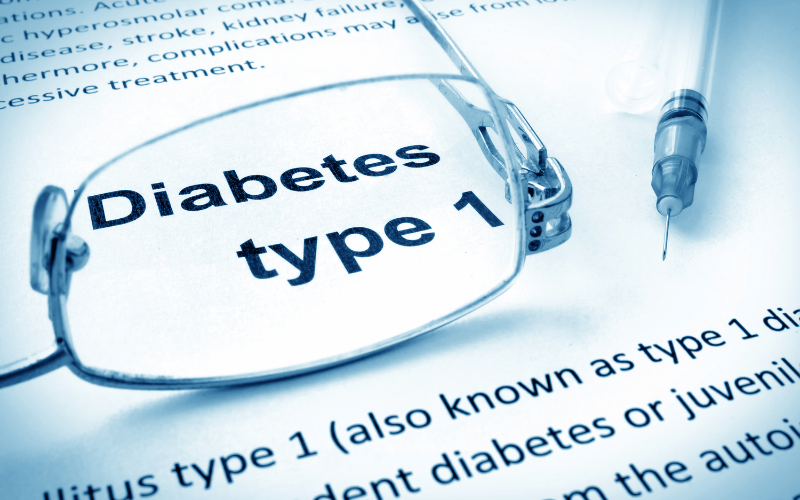Introduction: A Closer Look at the Telltale Symptoms of Type 1 Diabetes
Type 1 Diabetes (T1D), a chronic medical condition, often sneaks into lives unannounced, making it crucial to recognize its symptoms early. Understanding these indicators is not just about medical awareness; it’s about empowering individuals to take timely action, potentially saving lives and preventing complications.

Why is this knowledge vital? T1D is often misunderstood as a condition exclusive to children, but it can strike at any age. The body’s inability to produce insulin, a hormone essential for converting glucose into energy, marks the onset of this autoimmune disease. Without insulin, sugar accumulates in the bloodstream, leading to a cascade of health issues.
The symptoms of T1D can be subtle at first, often mistaken for common ailments. However, their persistence and intensity can gradually unveil the underlying condition. Recognizing these signs not only aids in early diagnosis but also helps in managing the disease more effectively. Early detection can be a game-changer in the journey of living with T1D.
In this article, we delve into the top 10 symptoms of Type 1 Diabetes, each a piece of the puzzle in understanding this complex condition. From the well-known signs like increased thirst and weight loss to the less obvious ones such as mood changes and blurred vision, we cover it all. This isn’t just a list of symptoms; it’s a guide to help you listen to your body’s signals and seek professional advice when necessary.
Let’s embark on this informative journey, equipping ourselves with the knowledge to recognize and respond to the signs of Type 1 Diabetes. Remember, awareness is the first step towards effective management and a healthier life with T1D.
1. Thirst and Urination: T1D’s Deceptive Duo

Increased thirst and frequent urination, the deceptive duo often associated with Type 1 Diabetes (T1D), can be both perplexing and disruptive. These symptoms, deeply interlinked, are among the earliest indicators of T1D, highlighting a significant disruption in the body’s ability to manage glucose levels.
When the body struggles with high blood sugar levels, a ripple effect ensues. The kidneys, tasked with filtering blood, face an overload of glucose. Unable to reabsorb all this excess sugar, the kidneys excrete it into the urine, drawing water from tissues and triggering dehydration. This dehydration, in turn, sparks a relentless cycle of thirst and frequent urination.
The impact on daily life can be substantial. Sleep patterns may be interrupted, and normal activities can become challenging due to the constant need for fluid intake and restroom breaks. Moreover, the frequency and intensity of these symptoms can vary significantly from person to person, making it harder to pinpoint them as specific indicators of T1D.
But these symptoms are more than just inconvenient; they are tell-tale signs of the body’s struggle to regulate its internal environment. Left unchecked, this imbalance can lead to more severe health complications. Understanding and recognizing this duo of symptoms is therefore crucial in the early detection and management of Type 1 Diabetes.
In this exploration, we delve into the nuances of these seemingly mundane symptoms, unearthing the complex interplay of bodily functions behind them. By doing so, we aim not just to inform but to empower individuals to recognize and respond to the early signs of T1D. (1)